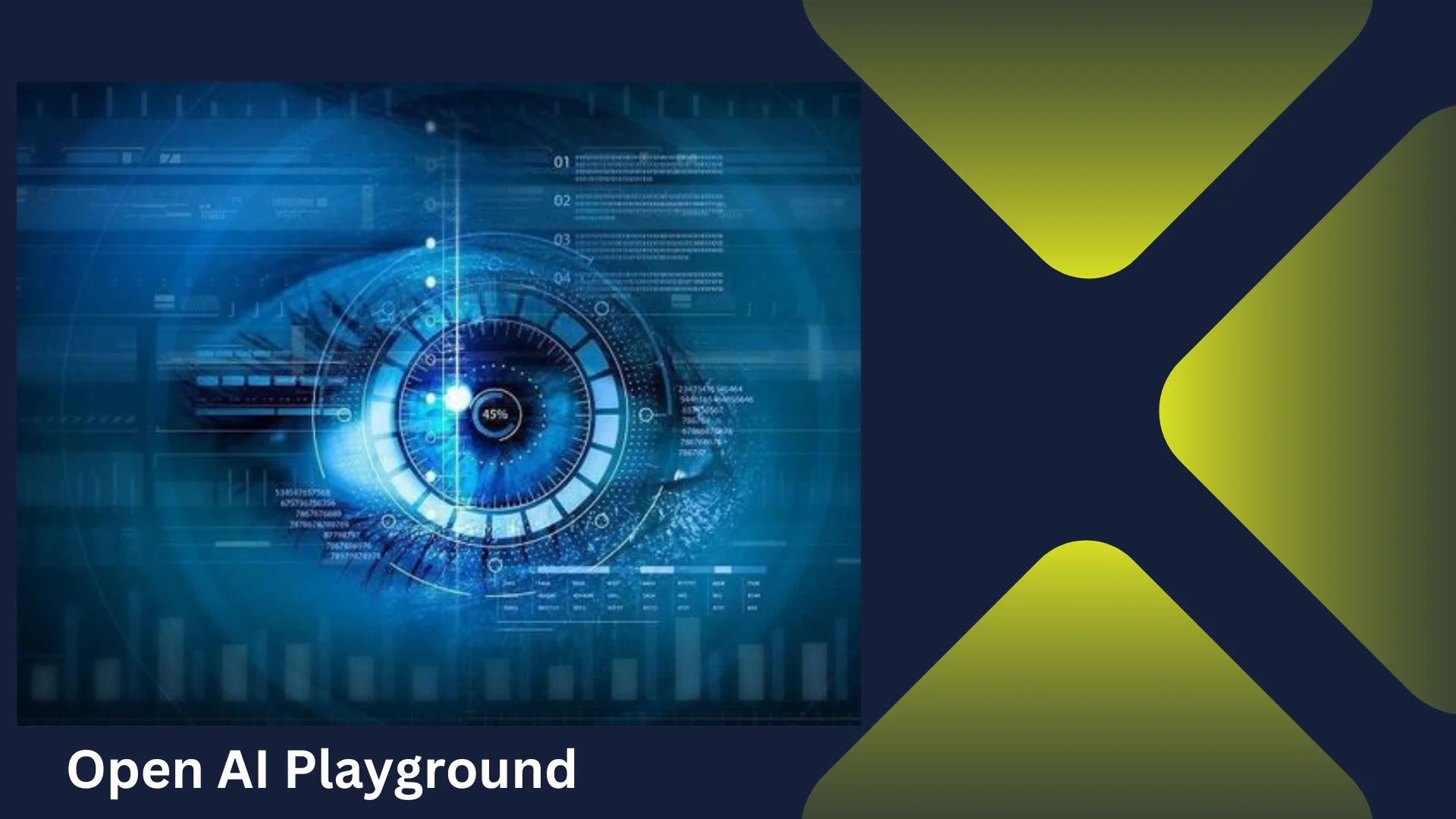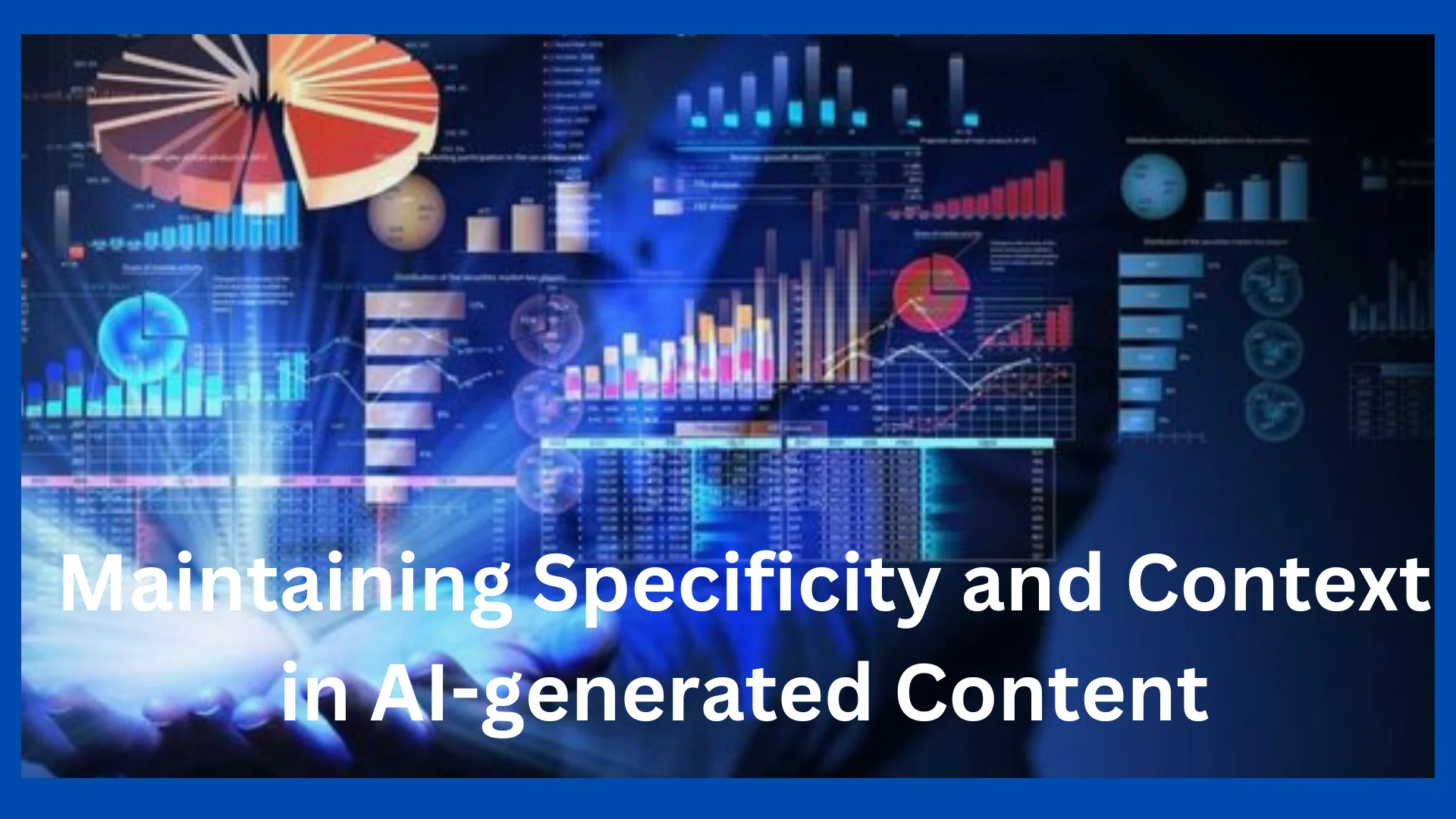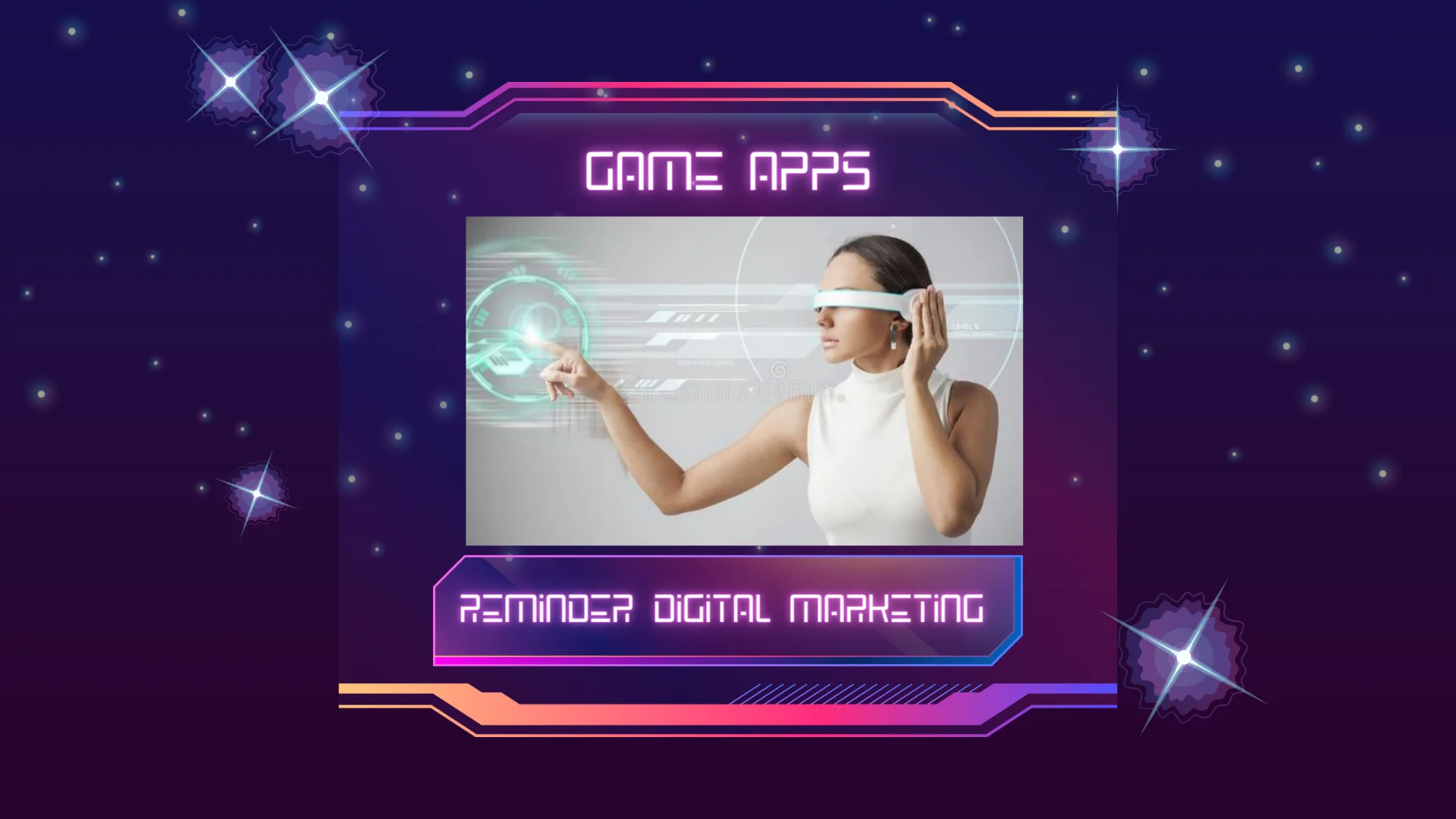Open AI Playground
Open AI Playground: Exploring the World of AI Text Generation
Introduction
Open AI announced the expanded accessibility of its Open AI API service, which enables programmers to create GPT-3-based apps, on November 18, 2021. Before, there was a queue for developers, and there wasn’t much space available.
A web-based application called the Open AI Playground makes it simple to test prompts and become acquainted with the API. By providing the prompt in simple English, you can begin using GPT-3, GPT-4, and more with the Playground without writing a single line of code. You can accomplish almost everything in the Playground that you could do by calling the API.
Open AI provides two different platforms: Chat GPT and Open AI Playground. Open AI Playground and Chat GPT are both useful tools, however they have different uses;
- With its emphasis on technical research and development, Open AI Playground enables users to test out various machine learning models and hone them using unique data sets. It’s very helpful for creating machine learning-based applications.
- The purpose of Chat GPT is to converse with the user. It can carry out a variety of writing and translation activities and creates responds to user inquiries in natural language. It is a straightforward tool that many individuals may use without any technical knowledge.
Text generation has advanced significantly in the field of artificial intelligence, offering helpful information and support to many different businesses. A potent tool that enables anyone to interact with AI models and experience the wonder of AI-generated literature is the Open AI Playground. This article goes into the Open AI Playground’s specifics, examining its features and benefits as well as the craft of developing interesting and contextually appropriate AI-generated material.
What is the Open AI Playground?
The Open AI Playground is an online platform that facilitates direct access to Open AI’s state-of-the-art language models. It serves as a testing ground where users can experiment with different models and application programming interfaces (APIs) to generate human-like text. Whether you are a developer, writer, or just curious about AI capabilities, the playground offers a user-friendly interface to explore the world of AI-generated content.
Innovative online resource The Open AI Playground gives users easy access to Open AI’s cutting-edge language models. It acts as a digital playground where people can engage with AI and discover the potential of writing produced by AI.
At its core, the Open AI Playground lets users enter prompts or fragments of sentences, after which the AI models take control and generate the remaining text using the input. With the help of this special feature, programmers, authors, and AI enthusiasts can experiment with various language models and application programming interfaces (APIs) to produce writing that resembles human speech.
The platform is available to users with varied degrees of AI experience thanks to its user-friendly design. The Open AI Playground invites you to explore and discover the wonders of AI text production, whether you are an expert developer or a novice to the field of artificial intelligence.
The playground supports a wide range of use cases because to the wide variety of models it offers. Users can experiment with creative writing, build chatbots, summaries texts, and more. They can also explore the potential of various models. Virtually endless possibilities exist for AI-generated entertainment.
A useful tool for quick prototyping is the Open AI Playground. It enables authors and developers to produce content quickly, which can then be extended and refined for certain applications. This function facilitates new ideas and speeds up content development.
The Open AI Playground provides up a world of opportunities, whether you’re interested in learning more about AI’s potential, want to use AI to improve your writing, or want to investigate language models’ cutting-edge capabilities. It is an innovative platform that allows users to access the enormous artificial intelligence database and experience the power of writing produced by AI.

The Open AI Playground maintains its position as a leader in AI text production, providing users with an exciting and educational experience. So, if you’re prepared to start a creative and exploratory adventure, the Open AI Playground invites you to do so and let AI-generated content work its magic.
How Does the Open AI Playground Work?
The Playground Interface
Users are welcomed by a clear and user-friendly interface when they first access the Open AI Playground. Users can enter prompts or phrase fragments into the platform, and the AI models will handle the rest. The rest of the text is then predicted and generated by the models using the input given.
Available Models and APIs
The playground gives users access to a range of language models, each of which has certain strengths and weaknesses. Users can pick from a variety of models to test out and discover which one best meets their needs.
Example Use Cases
A wide range of use cases are catered to by the Open AI Playground. The models can be used for many different tasks, such as generating creative works or providing coding support, including idea generation, text summarization, chatbot development, and more. The options are essentially limitless.
Advantages of Using the Open AI Playground
User-Friendly Interface
The Open AI Playground’s simplicity of usage is one of its main benefits. You may use the platform and create engaging content without being an expert in AI. Even newcomers may easily leverage the power of AI thanks to the design’s easy layout.
Easy Model Exploration
The models in the playground’s collection let users examine various AI performances and capabilities. This investigation not only helps customers choose the optimal model for their particular demands but also advances our understanding of AI.
Quick Prototyping
The Open AI Playground is a useful resource for programmers and authors who want to swiftly prototype their ideas. It becomes quick and easy to create content, giving you more time to polish and improve the result.
Understanding Perplexity and Burstiness in AI-generated Texts
Perplexity and burstiness are frequently used as metrics for assessing AI-generated texts. The unpredictability of a language model is measured by perplexity, and instances of unusually repetitious AI output are referred to as burstiness. In order to create material that is cohesive and contextually relevant, it is crucial to strike a balance between the two aspects.
It’s crucial to comprehend confusion and burstiness when working with writings produced by AI. When evaluating the quality and coherence of the generated content, these two ideas are crucial.
1. Perplexity:
A language model’s perplexity is a gauge of how uncertain or unpredictable it is. It measures how well a model can anticipate the following word in a sequence given the words that came before it in the context of writings produced by AI. A lower perplexity score reflects a higher level of fluency and coherence in the generated text because the model is better able to predict the following word.
A language model exhibits a superior comprehension of linguistic patterns and context when its confusion is low. As a result, the information produced by AI flows organically and is easier for readers to understand.
2. Burstiness:
Burstiness is the term used to describe situations in which text produced by AI exhibits abrupt repeats or overuse of particular phrases or terms. This effect may result in information that is boring and less interesting. While repetition in short bursts may be appropriate in some situations, excessive burstiness can be harmful to the created text’s overall quality.
Burstiness can happen when the language model becomes fixated on specific input patterns and repeats them without adding enough diversity. It is essential to reduce burstiness and make sure that the generated text is diverse and contextually appropriate in order to produce high-quality AI-generated content.
Perplexity and Burstiness in Balance:
AI-generated content must strike a balance between ambiguity and burstiness in order to be coherent and contextually correct. The language model’s ability to predict the next word is demonstrated by a low perplexity score, and the generated text is kept interesting and new by regulating burstiness.
It frequently takes experimenting with various cues and fine-tuning the model’s parameters to achieve this equilibrium. Content producers can direct the language model to produce material that is more contextually appropriate and less likely to be bustily by giving clear and precise prompts.
Additionally, giving the AI different and various cues can inspire it to come up with more original and innovative solutions. To achieve the ideal balance between ambiguity and burstiness and ultimately raise the standard of AI-generated content, it is crucial to iterate and improve the prompts.
In conclusion, confusion and burstiness knowledge is essential for producing writings generated by AI that are of a good caliber. The generated material will be fluent and coherent if the perplexity score is as low as possible, and repeated and boring output will be avoided by controlling burstiness. By mastering these elements, content producers can use AI to create writing that readers will find interesting, contextually relevant, and engaging.
Maintaining Specificity and Context in AI-generated Content
Although AI models can produce stunning content, they can lack logic and specificity. To get around this, it’s essential to provide the AI explicit and specific suggestions so that it can produce material that fits the appropriate context.

Artificial intelligence (AI) has transformed many businesses in the current digital era, including content creation. Because it is effective and can quickly produce large amounts of material, AI-generated content has gained popularity. However, maintaining uniqueness and context in AI-generated material presents a significant difficulty. The significance of maintaining specificity and context, the difficulties that can emerge, and the solutions are all covered in this article.
Understanding AI-generated Content
Text produced by machine learning algorithms, particularly language models like GPT-3.5, is referred to as AI-generated content. These models may produce language that resembles that of a human since they have been trained on huge datasets. While time and money savings are benefits of AI content development, it frequently struggles to preserve context and clarity.
The Challenges of Maintaining Specificity and Context
Perplexity in AI-generated Content
Perplexity is a measure of how well a language model predicts a given text. High perplexity indicates that the model is uncertain about the next word in the sequence. In AI-generated content, high perplexity can lead to ambiguous sentences and lack of coherence, making it challenging for readers to grasp the intended message.
Burstiness in AI-generated Content
Burstiness refers to the uneven distribution of words or topics in the generated content. AI models sometimes produce content that heavily focuses on a specific idea and then suddenly switches to a different topic. This burstiness can cause confusion and disrupt the flow of the article, leading to a loss of context.
Importance of Maintaining Specificity and Context
For a number of reasons, it’s essential to make sure that AI-generated information is particular and contextual. First, it improves the content’s overall quality, making it more valuable and interesting for readers. Content that is specific and contextually appropriate is more likely to connect with the target audience and increase user engagement.
Maintaining context and specificity also helps the content’s legitimacy and authority. Reader confidence is increased and the content producer is recognized as a trustworthy source of information when the generated text accurately conveys the topic or subject matter.
Strategies to Maintain Specificity and Context in AI-generated Content
Several tactics can be used to get around the difficulties with specificity and context in AI-generated content:
Utilizing Pre-trained Models
The basis of pre-trained language models can be a smart place to start when creating content. These models can provide insightful information because they have learned from a wide variety of literature. To improve the specificity and context, they might still need to be adjusted.
Fine-tuning Models for Specific Contexts
The AI model is fine-tuned by using a smaller dataset that is aligned with the chosen context or subject. This method aids the model’s adaptation to the required writing style and content specifications, producing outputs that are more contextually pertinent.
Post-Editing and Review by Human Writers
Human writers can examine and amend AI-generated content to ensure the best quality. Human authors can polish the automatically generated writing, add personality, and make sure the information fits the intended context.
Implementing Review Mechanisms
To identify and fix any flaws or inconsistencies in AI-generated content, review methods must be implemented. These review procedures, which can be both manual and automated, make sure that the final material adheres to the appropriate context and specificity.
Continuous Improvement through Feedback
The opinions of readers and users can be quite helpful in enhancing the calibre of information produced by AI. The generated text can be continuously improved and refined by gathering input on its relevancy and accuracy.
Balancing Specificity, Context, and SEO Optimization
While retaining context and specificity is important, it is also critical to strike a balance between these factors and SEO optimization’s. The exposure and reach of the material can be increased while maintaining its context and specificity by incorporating pertinent keywords and ensuring optimal keyword density.
The Role of Human Input in AI Content Generation
Despite the efficiency that AI-generated content offers, human input is still necessary. AI models cannot replace the originality, feeling, and critical thought that human writers bring to the table. Content that is both specific and contextually rich is ensured by combining AI capabilities with human writers’ experience.
Writing Engaging Paragraphs for Readers
AI-generated material must be interesting and flow organically to keep readers’ attention. A human touch is used to craft detailed paragraphs that keep the reader interested from start to finish.
Using Conversational Style and Informal Tone
Content produced by AI doesn’t have to be mechanical. The generated text becomes relatable and welcoming by adopting a conversational style and informal tone, establishing the connection with the audience.
The Power of Rhetorical Questions, Analogies, and Metaphors
The use of rhetorical questions, analogies, and metaphors can be quite successful in enhancing AI-generated material. These literary techniques encourage creativity and evoke strong feelings in the readers.
In the field of language and communication, rhetorical questions, analogies, and metaphors possess a special potency. Both human-written and AI-generated work benefits from the depth, originality, and emotional appeal that these literary devices bring.
1. Rhetorical Questions:
Thought-provoking queries that are not intended to be explicitly addressed are known as rhetorical questions. They serve to engross the audience by provoking thought and enticing reflection on the issue at hand. AI-generated material can be made more engaging and interactive by employing rhetorical questions to establish a dialogue with the readers.
For example:
- Have you ever considered what might be found beyond the stars?
- Isn’t it amazing how the natural world creates such complex patterns?
2. Analogies:
By making comparisons to well-known events or objects, analogies are effective tools for deconstructing complicated ideas. They enable readers to connect with the material on a personal level and more readily understand complex concepts. Analogies in AI-generated material can fill in the knowledge gap between the reader and unknown AI-related ideas.
For example:
- The neural network of the AI directs information to its different destinations like a large network of interconnected highways.
- The use of AI to handle data is comparable to having a clever assistant who can quickly sift through huge libraries of data.
3. Metaphors:
Metaphors are figurative language devices that compare one thing to another, emphasizing the similarities between the two to provoke strong feelings and vivid imagery. Metaphors can give AI-generated content human-like characteristics that make it more relatable and emotionally impactful.
For example:
- “In a sea of uncertainty, the AI’s insights were a beacon of light.”
- “Like an expert detective, the algorithm gracefully danced through the data, revealing hidden patterns.”
Writers can improve the text’s quality and forge a closer relationship with the audience by including rhetorical questions, analogies, and metaphors in AI-generated content. In addition to adding flair and innovation, these literary devices help improve the content’s general readability and impact.
Utilizing the effectiveness of rhetorical questions, analogies, and metaphors will continue to be crucial for creating engrossing and engaging AI-driven narratives as the field of text production by AI develops. Therefore, embrace these language tools and set out on a voyage of creative expression with the aid of AI, whether you are a developer, writer, or simply a curious enthusiast.

Conclusion
The Open AI Playground is a fantastic resource for learning about the wonders of writing produced by AI. It is a priceless tool for programmers, authors, and AI aficionados alike because to its user-friendly interface, wide model variety, and speedy prototyping capabilities. AI-generated material can actually come to life and have an impact on readers by keeping context and specificity in prompts and using compelling writing techniques.
The Open AI Playground is a great entryway into the world of AI-generated writing, to sum up. It is a valuable tool for programmers, authors, and AI enthusiasts alike due to its intuitive interface, wide range of model options, and quick prototyping capabilities.
Content producers can find the correct balance to produce coherent and contextually relevant AI-generated content by grasping the ideas of perplexity and burstiness. In order for AI models to produce material that is in line with expected results, specificity and context are important guiding principles.
The reading experience is improved by creating captivating paragraphs with a human touch. AI-generated content can develop a connection with the reader by adopting a conversational style and informal tone. This makes the material more accessible and approachable.
Users are given the ability to unleash AI’s potential through the Open AI Playground, creating a world of opportunities. The playground offers a strong platform to investigate the potential of AI text generation, be it for idea generation, text summarization, or chatbot development.
The Open AI Playground remains at the forefront as AI technology develops, encouraging people to learn, experiment, and create with the aid of cutting-edge language models. The path towards the world of AI-generated content is one that is thrilling and offers countless chances for creativity and innovation.
Don’t be afraid to explore the Open AI Playground and discover the brilliance of language generated by AI. Start exploring right away to experience the wonders of artificial intelligence.
AI-generated content offers a breakthrough method of content creation that is scalable and effective. To produce high-quality, compelling, and reliable writing, AI-generated content must yet keep specificity and context. material producers can take advantage of AI’s capability while guaranteeing that the generated material matches the needed specificity and context by putting into practise smart tactics and incorporating human input.
FAQs
- How Much Does It Cost to Play in the Open AI Playground? You can explore and experiment for free on the Open AI Playground.
- Is it Possible to Use Open AI Playground for Business Purposes? The playground is free, however there may be additional rules and limitations for business use. For commercial applications, it is best to refer to Open AI’s licencing and usage guidelines.
- How Reliable Are the AI Playground Models? Modern, rigorously verified models from Open AI ensure high reliability while producing high-quality content.
- Can I Export the Playground’s AI-generated Content? The AI-generated content from the playground can be exported for use and reference later.
- Can I access the playground using my mobile device? Yes, the Open AI Playground is made to be used on desktop computers and mobile devices, making it handy for users who are on the go.

